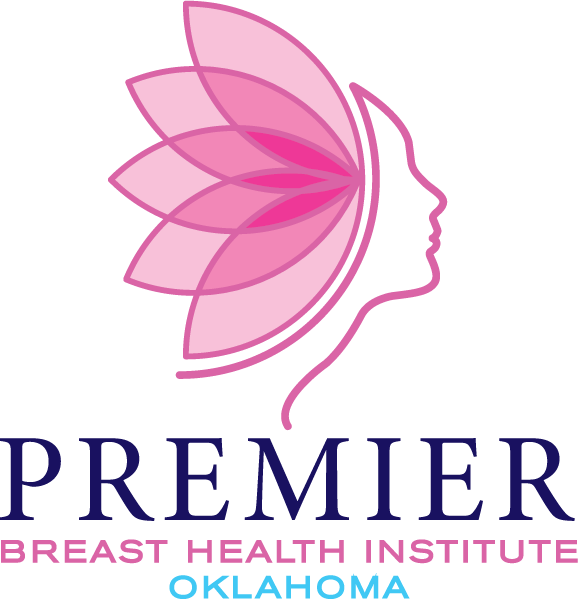Essential Guide to Mammograms for Women with Breast Implants
Navigating the world of breast health can feel overwhelming, especially for women with breast implants. The debate around implants and their impact on health is widespread, stirring concern and curiosity alike. With advancements in medical technology, the ways in which we approach breast health are evolving, offering clearer insights and reassurances. For women in Oklahoma City looking into breast health procedures, understanding the interaction between breast implants and mammograms is paramount. This article sheds light on critical aspects of this topic, ensuring you're well-informed about your next mammogram in Oklahoma City.
The Impact of Breast Implants on Cancer Risk
One of the most pressing questions for women with breast implants is whether their risk of developing breast cancer increases. Research indicates that breast implants do not elevate the risk of breast cancer. However, they can make it slightly more challenging to detect cancer at its earliest stages through a mammogram. It's essential for women with implants to disclose this information to their healthcare provider to ensure the most effective screening methods are used.
Regular Mammogram Schedule with Implants
Women often wonder how frequently they need a mammogram, especially when they have breast implants. The American Cancer Society recommends that women with implants follow the same screening guidelines as those without. Starting at age 40, women should consider annual mammograms. However, some may require earlier and more frequent screenings based on their health history and risk factors. Always consult your physician for personalized advice.
Breast Implants and Mammogram Accuracy
The presence of breast implants can make mammograms more challenging. Implants can obscure the mammogram view of breast tissue, potentially hiding signs of cancer. To counteract this, technicians perform additional views and displacement techniques to ensure as much breast tissue as possible is visible. Informing the mammogram technician about your implants allows them to adjust the technique accordingly for more accurate results.
Risk of Implant Damage During a Mammogram
Many women with implants worry that the compression during a mammogram could damage their implants. While mammograms do compress the breasts, technicians are trained to handle breasts with implants carefully. The risk of damage is very low, but it's crucial to communicate any concerns with your technician before the procedure.
Comparing 3D and 2D Mammograms for Implant Holders
The advent of 3D mammography, also known as tomosynthesis, has been a game-changer in breast imaging, particularly for women with breast implants. Unlike traditional 2D mammography, 3D mammography takes multiple images of the breast from different angles, creating a layered image. This method allows for a more detailed examination of breast tissue, improving the detection rate of breast cancer and reducing the need for additional testing. For women with implants, 3D mammography can provide clearer images of breast tissue, offering enhanced detection capabilities without compromising the implant.
Your Breast Health Allies
At Premier Breast Health Institute of Oklahoma, we emphasize the unique needs of women with breast implants seeking a mammogram in Oklahoma City. Our approach is tailored, recognizing that implants require careful handling during mammograms. We stay at the forefront of imaging technology to ensure your screening is both effective and safe. Trust us to be your guide in navigating breast health with confidence. Communication with our team is vital—we're here to support you every step of the way.

